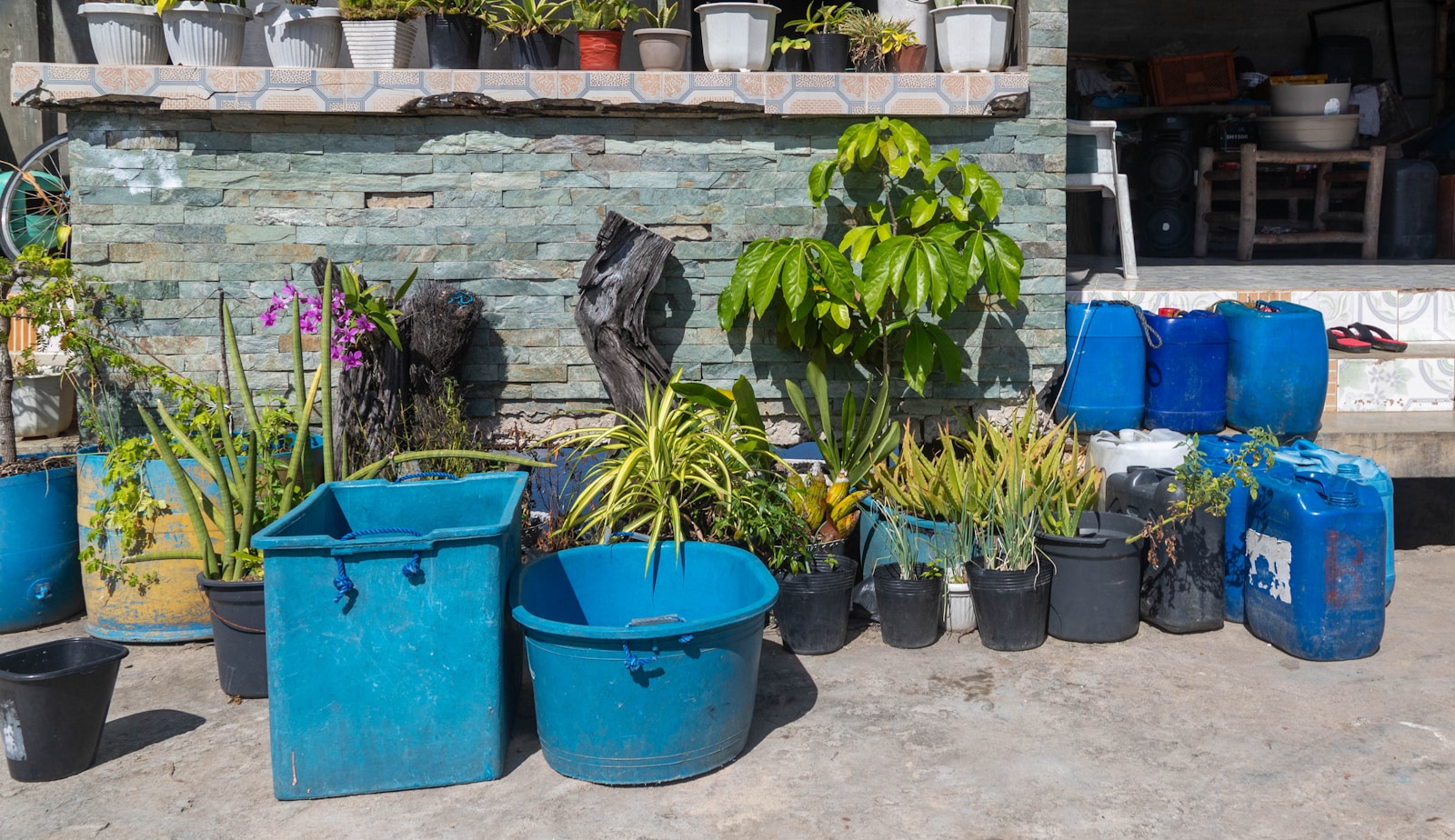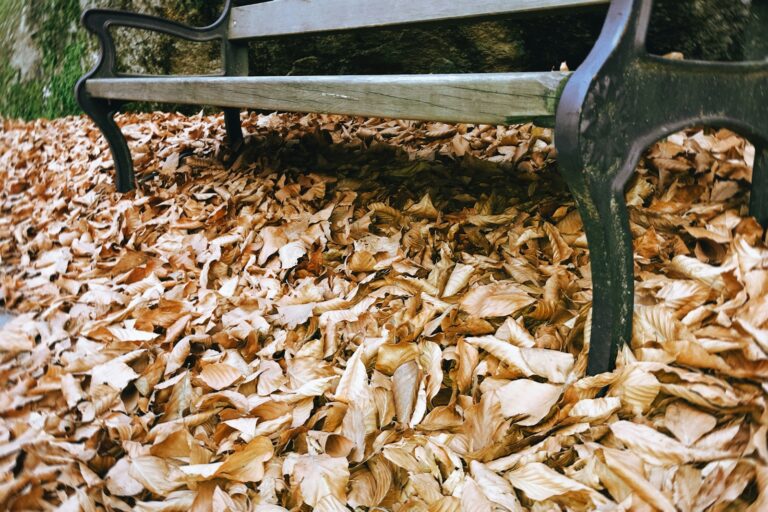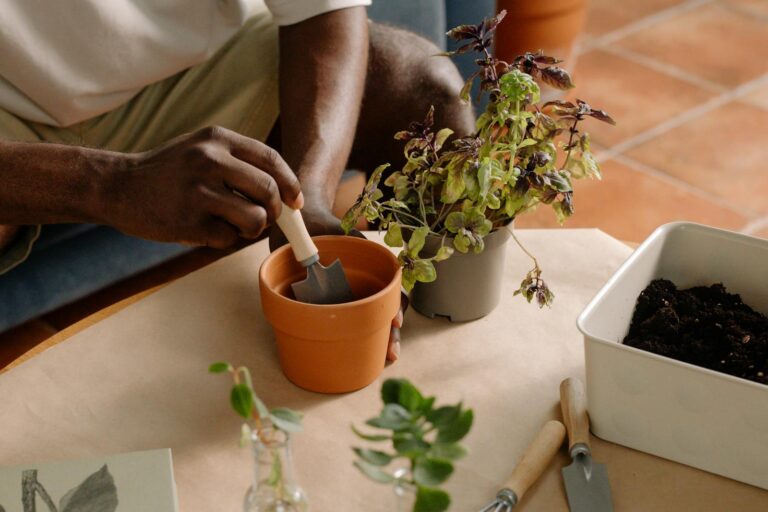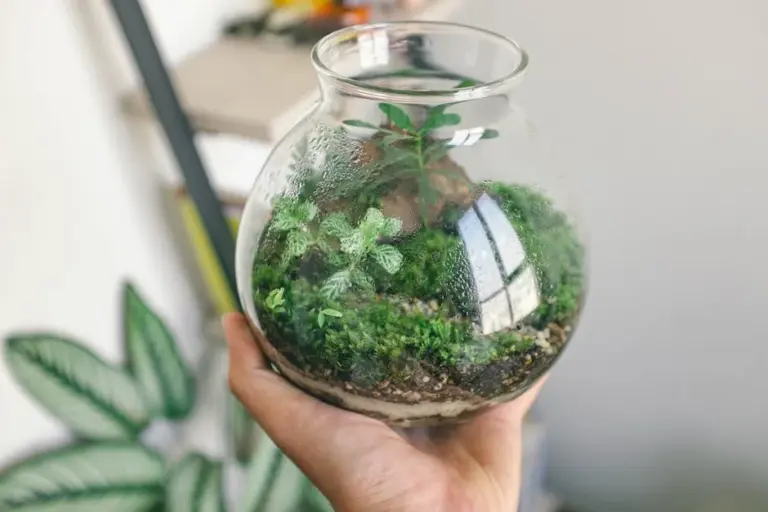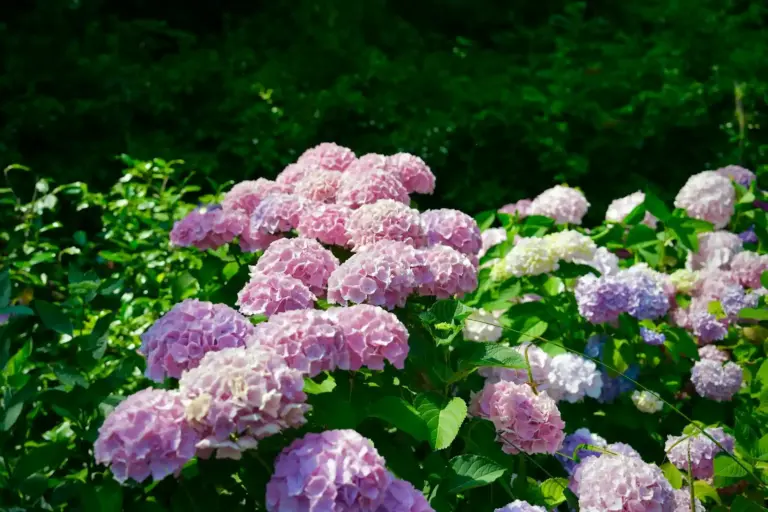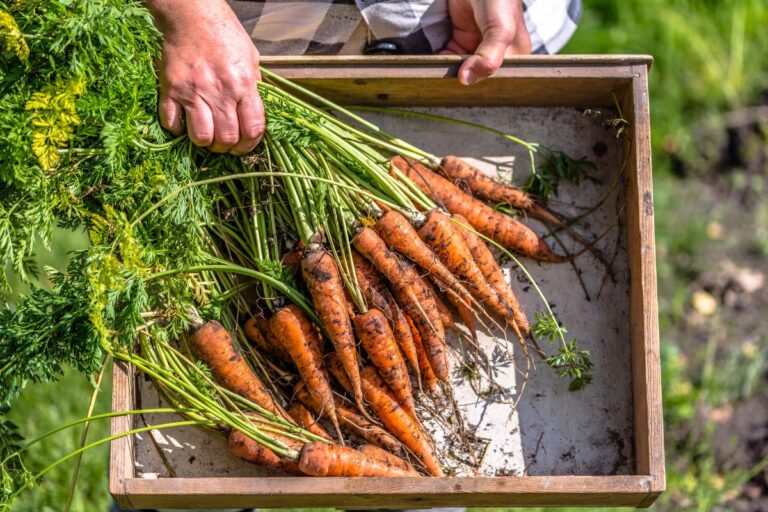How to Keep Your Outdoor Containers Looking Nice All Winter With Simple Care Tips
As the temperatures drop, it’s easy to let your outdoor containers fade into the background. But with a few simple tweaks, your planters can stay eye-catching and fresh right through the coldest months.
It doesn’t take a green thumb or a lot of time to give your winter containers a boost. With the right plants and a little protection, you can keep your outdoor space inviting all season.
Choose evergreen plants like boxwood and holly for year-round color
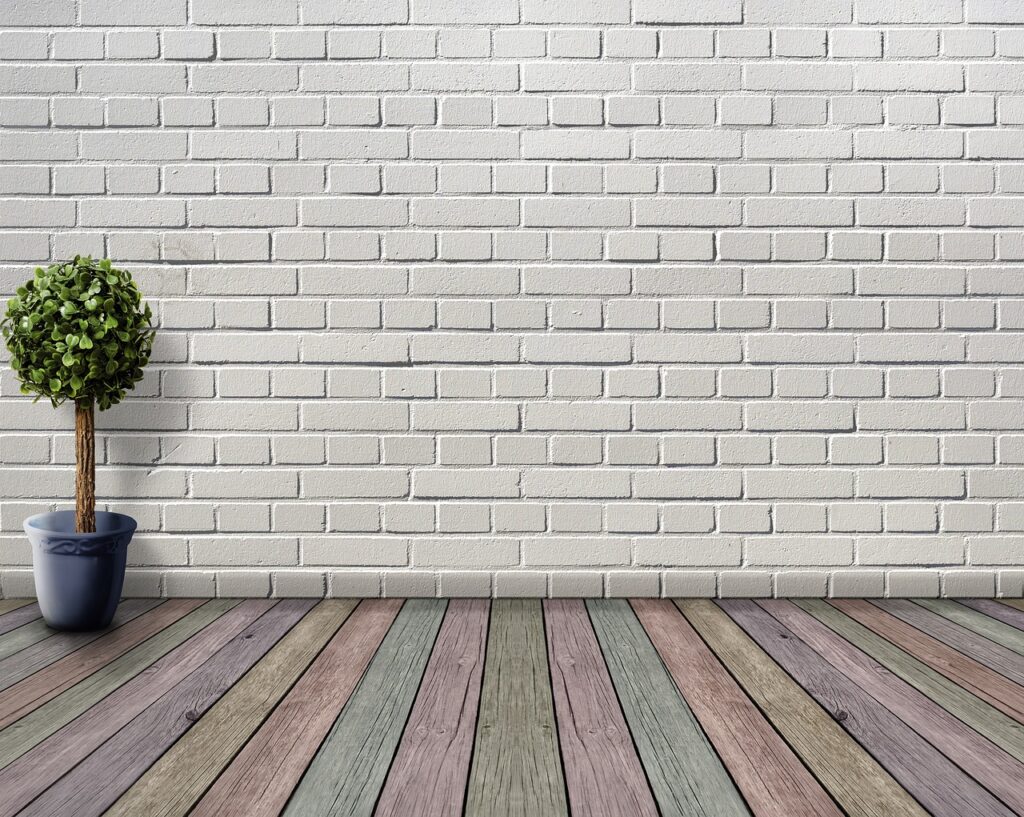
Evergreen plants are a lifesaver for winter containers. Boxwood and holly keep their green leaves when most plants have lost theirs.
Boxwood is especially easy to care for and stays full during the cold months. You can trim it to keep a neat shape, which adds a tidy look to your space.
Holly brings extra interest with its bright red berries. The berries add a pop of color that stands out against gray winter days.
Both of these evergreens handle cold weather well. They don’t need much fuss and give your containers a steady pop of color.
Use frost-resistant grasses such as blue fescue
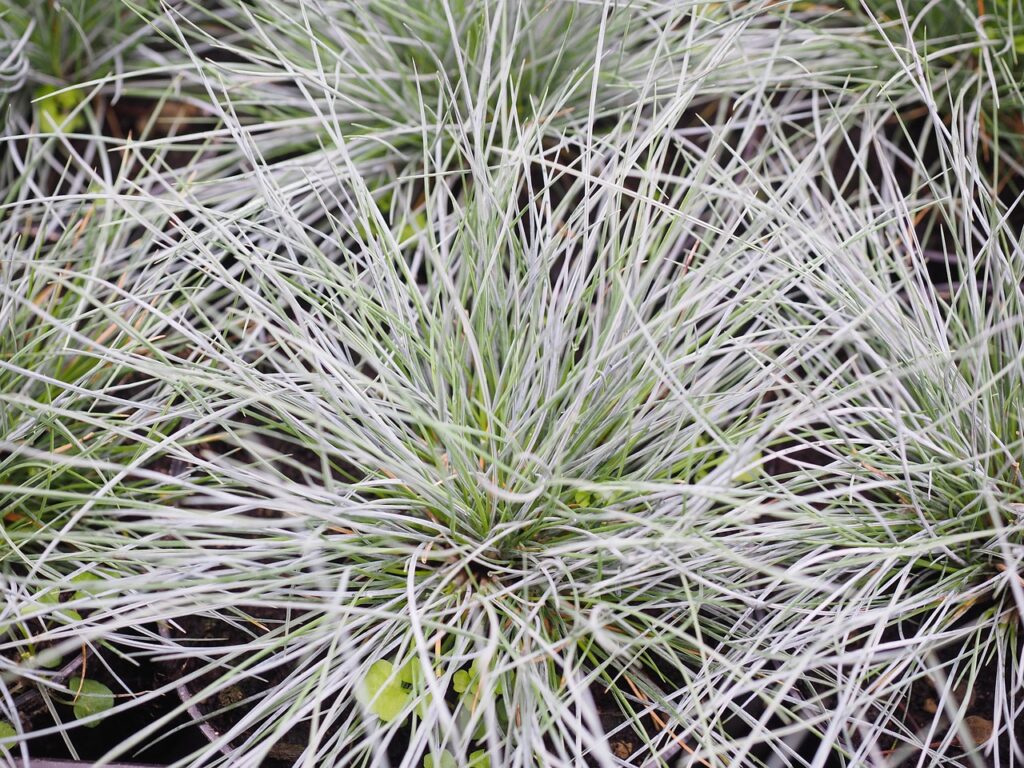
Frost-resistant grasses like blue fescue are a smart choice for keeping containers lively in winter. Blue fescue’s silvery-blue leaves add color even when other plants fade.
This grass grows best in full sun and well-drained soil. It’s drought-tolerant, so you don’t need to water it often.
Blue fescue is low-maintenance and won’t need much trimming. If heavy frost is in the forecast, cover the container with frost cloth for extra protection.
Adding blue fescue gives your containers texture and height. Its compact form pairs well with other plants and keeps your outdoor space looking fresh.
Incorporate colorful winter berries like winterberry holly
Winterberry holly is a standout for adding color to winter containers. Its red berries last all season, even after the leaves drop.
This shrub is easy to care for if you plant it in full sun and well-draining soil. Make sure your container is big enough for the roots to stretch out.
Keep the soil moist but not soggy to help the plant stay healthy. Remember, you’ll need both male and female plants nearby to get those bright berries.
You can also cut a few berry branches for festive decorations. The berries add a natural touch to winter wreaths or table settings.
Add seasonal accents like pinecones and cinnamon sticks
Seasonal accents can make your outdoor containers feel festive with very little effort. Pinecones are an easy way to add texture and a rustic touch.
Place a few pinecones on top of the soil or nestle them among your plants. Try mixing in some cinnamon sticks for a cozy, inviting feel.
If you want extra holiday vibes, scent the pinecones with cinnamon. This gives your outdoor space a lovely aroma.
For more color, add red berries or small evergreen branches with your pinecones and cinnamon sticks. You can also get creative with dried orange slices or star anise for a unique look.
Learn more ideas for using pinecones and cinnamon sticks in your décor at 32 Festive Ideas for Decorating with Pinecones.
Wrap pots with burlap or insulating fabric to protect roots
Cold weather can be tough on container plants, but wrapping pots with burlap or insulating fabric helps. This keeps the soil from freezing and protects roots from harsh temperatures.
Make sure the fabric covers the whole pot and secure it with twine or clips. For extra insulation, add a layer of bubble wrap or foam under the burlap if your winters get really cold.
Try to keep your pots out of direct wind and place them close together for extra warmth. Wrapping both the pot and the base of the plant gives the best protection.
If you want more details on protecting potted plants with burlap, check out this guide on how to wrap a potted plant in burlap for winter.
Place containers on pot feet to prevent waterlogging
Lifting your containers off the ground with pot feet can make a big difference in winter. Pot feet help water drain better and stop it from pooling under your pots.
Good drainage keeps roots from rotting, especially when it’s cold and wet. Pot feet also improve airflow around the bottom of your pots, which keeps the soil drier.
Raising your containers can help prevent frost damage. Pots that sit directly on cold surfaces are more likely to crack.
You can find pot feet made from rubber, plastic, or ceramic. For more tips on how pot feet work, see this guide on pot risers and drainage.
Group plants to create microclimates and retain warmth
Grouping your outdoor containers together helps them stay warmer. When pots are close, they create tiny microclimates that hold heat better.
Plants protect each other from chilly winds when they share space. Higher humidity and warmth mean less stress for your plants.
Try putting taller pots on the outside and shorter ones in the middle. This setup blocks wind and keeps the group cozy.
Use mulch to insulate soil and retain moisture
Adding mulch to your containers is a simple way to protect plants in winter. A layer of mulch helps keep soil temperature steady and shields roots from freeze-thaw cycles.
Mulch also keeps moisture in the soil. Cold winds and dry air can quickly dry out containers, but mulch slows down evaporation.
Wood chips, straw, or shredded bark all work well as mulch. Apply a 2-3 inch layer, but don’t pile it against plant stems.
Mulch also blocks weeds from sprouting, so your plants have less competition.
Select containers made of frost-proof materials like fiberglass
The right containers make a big difference in winter. Frost-proof materials like fiberglass are light and strong, so they won’t crack when it gets cold.
Other good options include thick plastic, resin, wood, and glazed ceramic. These containers insulate the soil and protect plant roots.
If you have delicate pots, try double-potting. Place your fragile container inside a larger, weatherproof one with insulation between them.
Choosing frost-resistant containers means fewer headaches and less risk of breakage. For more tips, see how to protect container plants in winter.
Switch to hardy planting mixes that drain well in cold weather
Winter containers do better with soil that drains quickly. A hardy planting mix keeps roots from sitting in cold, wet soil.
Look for mixes with sand or perlite, which keep soil light and let air flow around the roots. Well-drained soil also helps prevent freezing.
You can make your own by adding extra drainage material to regular potting soil. The goal is balanced moisture—never soggy, but not too dry.
Switching to a hardy mix is a simple way to keep your plants healthy through winter.
Understanding Winter Container Gardening
Winter gardening with containers is all about working with your climate and picking the right pots. These choices help your plants survive cold days and look their best.
Climate Considerations
Start by thinking about your local winter weather. If your area gets lots of freezes, pick plants and containers that can handle the cold.
Frost-tolerant evergreens and certain grasses are good for colder regions. In milder climates, you can try more perennials and experiment a bit.
Protect your containers by grouping them near walls or under eaves. This helps reduce wind and temperature swings.
Choosing the Right Containers
Not all containers are built for winter. Fiberglass, resin, and thick plastic planters hold up well when temperatures drop.
Avoid thin clay or ceramic pots, as they can break easily in the cold. If you use them, bring them indoors or wrap them with insulation.
Make sure your containers have drainage holes to prevent water from freezing inside. Larger pots keep soil warmer longer, while smaller ones freeze faster, so pick sizes based on your needs.
For more on picking containers that resist freezing, see winter container garden ideas from This Old House.
Seasonal Maintenance and Care
A little extra care in winter goes a long way for your outdoor containers. Protecting them from frost and adjusting your watering routine helps plants and pots survive the season.
Protecting Containers from Frost
Frost can crack pots, especially ceramic or clay ones. Place containers in sheltered spots, like near a wall or under an overhang, to help keep them safe.
Wrap pots with bubble wrap or burlap for insulation. Elevate them off the ground with pot feet or bricks to prevent water from freezing underneath.
Adding mulch on top of the soil keeps roots warm. If you have fragile planters, consider switching to plastic or resin for the winter months.
Watering Strategies for Cold Weather
Figuring out how much to water your container plants in winter can be tricky. The last thing you want is to find wilted leaves or mushy roots when spring rolls around.
It helps to check the moisture level by sticking your finger about an inch into the soil. Only add water if the top layer feels dry.
Try to water during the warmest part of the day. This helps lower the risk of water freezing around the roots.
Skip watering late in the afternoon or at night. Cold, soggy soil can be bad news for your plants.
Use room-temperature water so you do not shock the roots. Always make sure your pots have drainage holes to let extra water escape.
Pay attention to the weather. On dry, sunny days, your plants may need a bit more water, but cut back when it is very cold or rainy.

